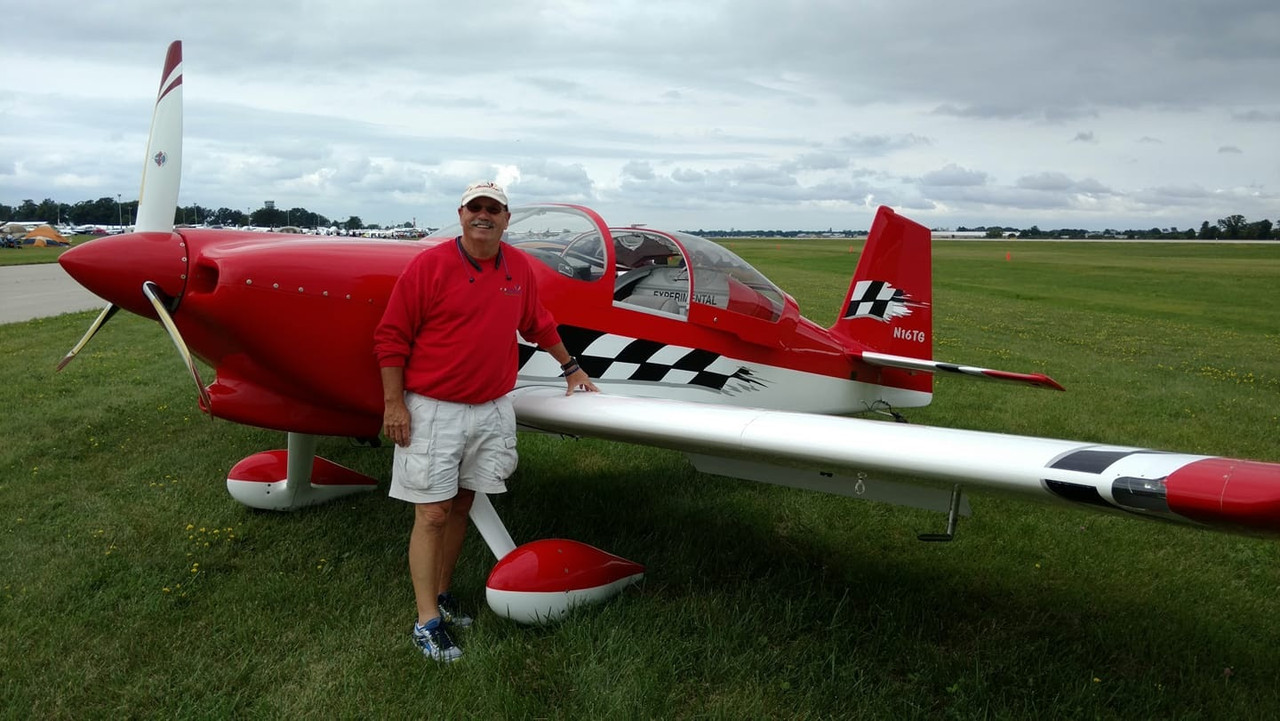RV6 - final report- N16TG
Posted: Mon Oct 09, 2023 5:31 pm
impact at approx 45 degee angle. not much of a chance. prop was stopped or low rpm upon impact. no conclusive reason for engine failure. he was in contact with ATC at the time but no distress call. he may have been a DPE, if so, he was qualified.
The engine was equipped with dual electronic ignition systems. One ignition system was damaged due to impact forces and could not be tested. This system relied on airplane electrical power for all operation. The second ignition system utilized airplane electrical power for starting and low (idle) power running and had an internal alternator to support ignition at higher engine rpm. The unit was designed to automatically switch from airplane electrical power to the internal alternator as necessary during operation and could maintain engine Page 6 of 8 CEN22FA029 ignition if airplane electrical power was interrupted. Functional testing of the ignition was performed and no preimpact anomalies were detected.
https://data.ntsb.gov/carol-repgen/api/ ... 104207/pdf
nice paint

The engine was equipped with dual electronic ignition systems. One ignition system was damaged due to impact forces and could not be tested. This system relied on airplane electrical power for all operation. The second ignition system utilized airplane electrical power for starting and low (idle) power running and had an internal alternator to support ignition at higher engine rpm. The unit was designed to automatically switch from airplane electrical power to the internal alternator as necessary during operation and could maintain engine Page 6 of 8 CEN22FA029 ignition if airplane electrical power was interrupted. Functional testing of the ignition was performed and no preimpact anomalies were detected.
https://data.ntsb.gov/carol-repgen/api/ ... 104207/pdf
nice paint

